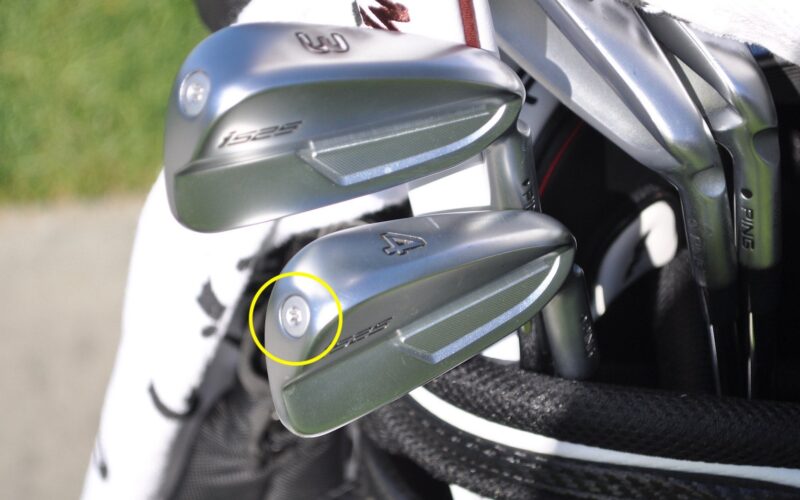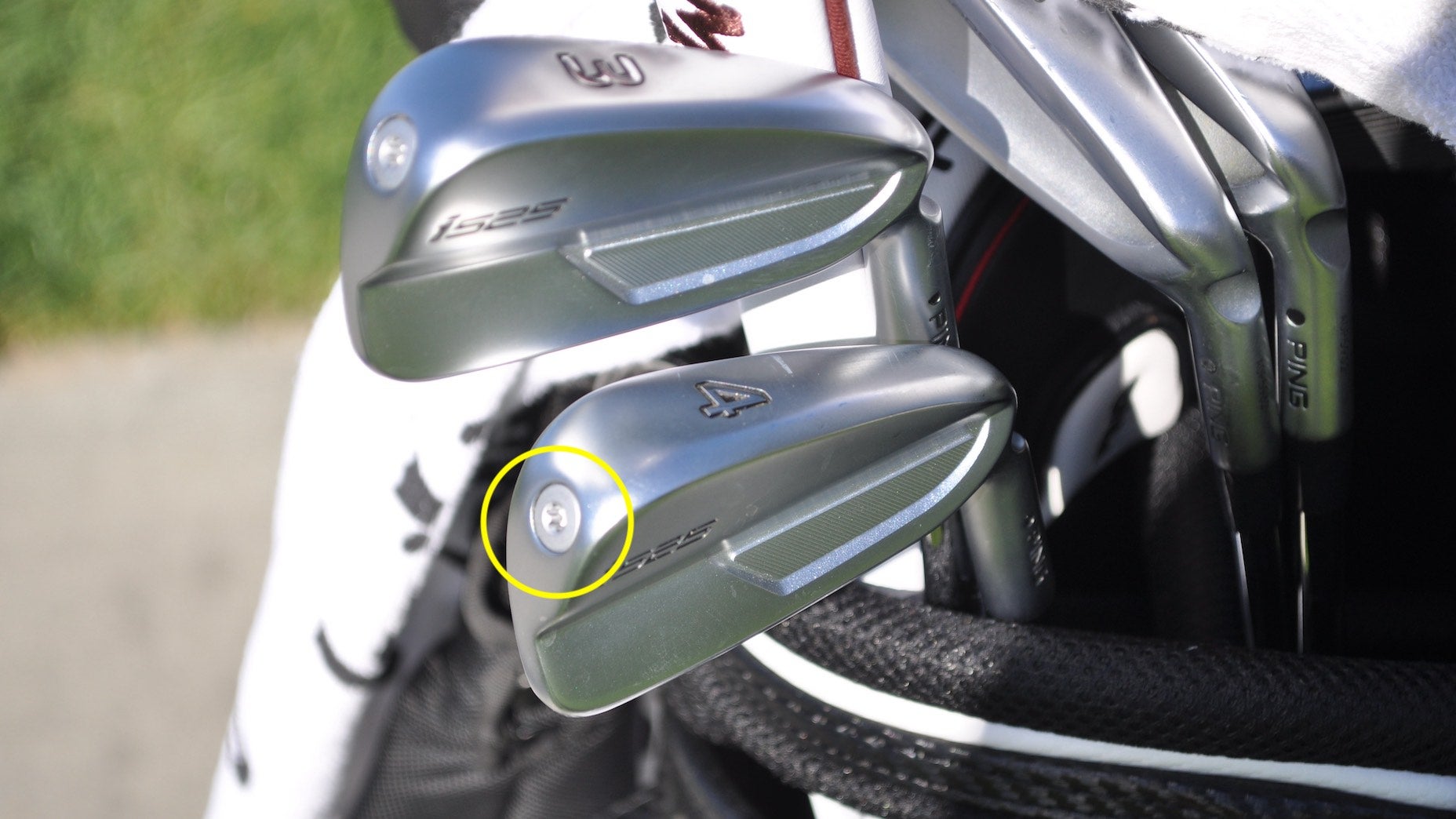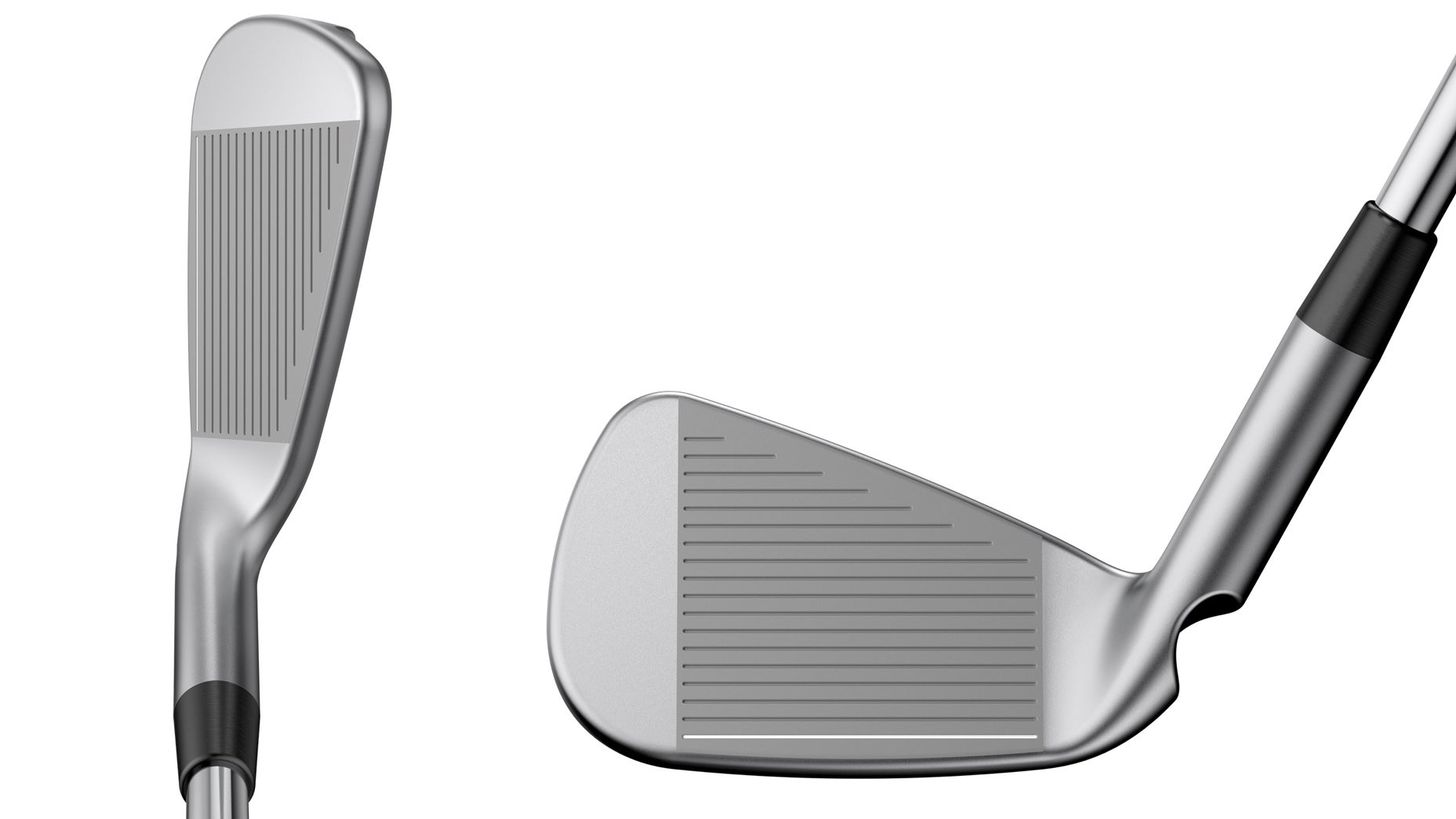Hayden Springer, who came to Bermuda at No. 125 in the FedEx Cup, shot a 6-under 65 for a share of the lead at the Butterfield Bermuda Championship.
FIRST LOOK: Ping’s i525 iron blends added ball speed with enhanced feel

Instead of simply cranking up the ball speed with i525, Ping fine-tuned the sound as well to give it a unique combo of speed and acoustics.
The post FIRST LOOK: Ping’s i525 iron blends added ball speed with enhanced feel appeared first on Golf.
Instead of simply cranking up the ball speed with i525, Ping fine-tuned the sound as well to give it a unique combo of speed and acoustics.
The post FIRST LOOK: Ping’s i525 iron blends added ball speed with enhanced feel appeared first on Golf.
If you’d like a sense of the performance gains in Ping’s latest line of irons, consider this: Cameron Champ is approaching 300 yards of carry since he put Ping i525 in the bag.
No one is sniffing Champ’s launch monitor numbers with a 3-iron, but there’s a great chance golfers will see a noticeable uptick in speed with Ping’s latest player’s distance model, thanks in part to a variable-thickness, maraging steel face.
This isn’t the first time Ping has added a maraging steel face to one of its irons — i525’s predecessor, i500, featured a C300 maraging steel face — but instead of simply cranking up the ball speed with i525, the equipment manufacturer focused on fine-tuning the acoustics as well, giving the new line a combination of distance and sound that has been difficult to create in recent years.
In the previous iteration of the I-Series, a hollow cavity backed the maraging steel face, which made the sound more pronounced when you caught one in the middle of the face.
“One of the biggest challenges we face in designing all clubs is tuning the feel and sound,” said Ping president John K. Solheim. “Because of the i525’s metal-wood-style face design, we knew sound would require additional attention to ensure the gains in distance didn’t come at the expense of the feel. We couldn’t sacrifice one attribute just to improve another.”
To solve the sound issue with i525, Ping engineers placed controlled amounts of EVA polymer (4 grams) behind the face and in the heel to achieve a more pleasing sound and feel at impact. The sound improvement has already been a positive for Ping’s tour staff, including Champ. During testing, the quieter acoustics played a key role in his decision to switch from i500 (3 and 4-iron) to i525.
“[T]he sound was a lot more muted and less loud,” said Ping Tour rep Kenton Oates, who worked with Champ on i525. “The prototype started to sound more like his iBlades for him.”
While the polymer helps tune sound, it does not affect the overall performance of the maraging steel face. To make the face structure more dynamic, an internal sole undercut was added to the 17-4 stainless steel body to increase overall face flex for more ball speed and a higher launch angle. During recent testing, GOLF.com’s equipment editors saw an additional 10 yards of carry in a head-to-head between i525 (6-iron) and our gamer setup.

Tungsten toe and shaft tip weights expand the perimeter weighting while preserving ball speed.
Jonathan Wall/GOLF
“As we advance all of our iron technologies through our continuous research and knowledge development, it’s important for golfers to understand the different attributes engineered into each model,” said Solheim. “The i525 is clearly for the golfer in search of more distance. But it offers so much more performance, including exceptional forgiveness concealed in a players-style head.”
Along with enhancing sound and speed, tungsten toe and shaft tip weights were added to each head to expand the perimeter weighting for a higher MOI (a measure of forgiveness) in the vertical and horizontal axes. The end result is a tighter overall dispersion with improved forgiveness on heel and toe strikes.

A look at i525 from address and face on.
Ping
Special attention was also paid to the groove design on i525, which mimics the precision-machined face found on i59. The MicroMax grooves are more compact and take up less space, resulting in an average of four additional grooves per club to help combat fliers in the short irons, while maintaining spin consistency in the long irons. Each head is finished in Ping’s Hydropearl 2.0 to help repel water for more predictable spin rates from the rough and soggy conditions.
Ping’s i525 iron (3-UW) retails for $205 (steel) and $220 ($220) in three different loft options (Standard, Power Spec and Retro Spec). The stock shaft offerings include Project X IO (5.5, 6.0, 6.5), Ping AWT 2.0 (R, S, X), Ping Alta CB Slate (SR, R, S), Alta Distanza Black 40, UST Recoil 760 ES SMAC (A), 780 (R, S), True Temper Dynamic Gold (S300, X100), Dynamic Gold 105 (R300, S300), Dynamic Gold 120 (S300, X100), KBS Tour (R, S, X), Nippon Pro Modus Tour 105 (R, S, X) and True Temper Elevate 95 (R, S).
Want to overhaul your bag for 2022? Find a fitting location near you at GOLF’s affiliate company True Spec Golf. For more on the latest gear news and information, check out our latest Fully Equipped podcast below.
The post FIRST LOOK: Ping’s i525 iron blends added ball speed with enhanced feel appeared first on Golf.
